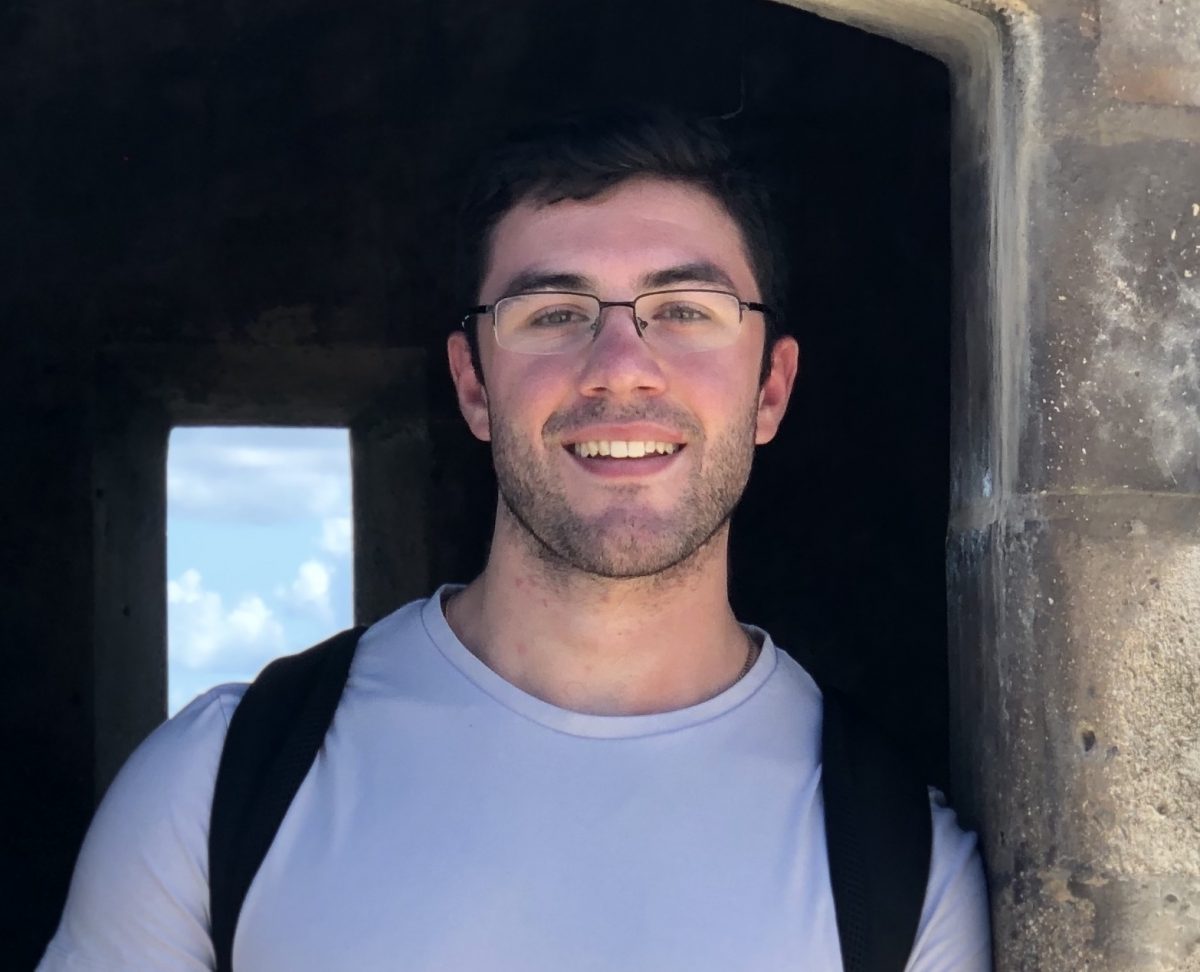
- This event has passed.
MEAM Ph.D. Thesis Defense: “Computational Study on Rough Wall-Bounded Flows and their Effects at Low and Very-High Reynolds Numbers”
April 5, 2024 at 9:30 AM - 10:30 AM
Many relevant engineering fluid dynamics problems, such as turbulent flow over an airplane or transport processes in geophysical flows, contain wall-bounded regions that form boundary layers. Oftentimes, numerical and experimental studies are simplified by using smooth surfaces. This simplification has allowed us to gain a greater understanding of near-wall processes for many flows of interest, yet in actuality, most surfaces are inherently rough. In many cases, especially at higher Reynolds numbers where boundary layers are relatively thin, roughness elements protrude far enough into the flow to disrupt it. This roughness can induce form drag, reducing efficiency for ships, planes, and turbines, or alter transport of heat, contaminants, and sediment in atmospheric flows. However, at lower Reynolds numbers, roughness may produce the opposite effect, reducing drag or enhancing lift capabilities, such as in the case of dimples on a golf ball. Here, I use large-eddy simulations to discern the physics governing rough, wall-bounded flows at the two extremes of the Reynolds number range. I first investigate the aerodynamic enhancement provided by surface roughness on a micro-propeller operating at a Reynolds number ~ O(10^3). Physical mechanisms of the improvement in thrust are found and disclosed. Next, I investigate changes to an atmospheric boundary layer at a Reynolds number ~ O(10^6), encountering a step change in roughness. I examine the real roughness transition that occurs at White Sands National Park in New Mexico, USA, where an Alkali Flat develops into a spatially heterogeneous dune field. A new mesoscopic length-scale is established, as the study reveals a self-similarity of turbulence within the internal boundary layer, displaying its importance to the large-scales of the flow. I extend this investigation using quadrant analysis to determine the role of the developing internal boundary layer in modifying turbulence producing events.

Justin Cooke
Ph.D. Candidate, Department of Mechanical Engineering & Applied Mechanics, University of Pennsylvania
Justin Cooke is advised by George Park.
